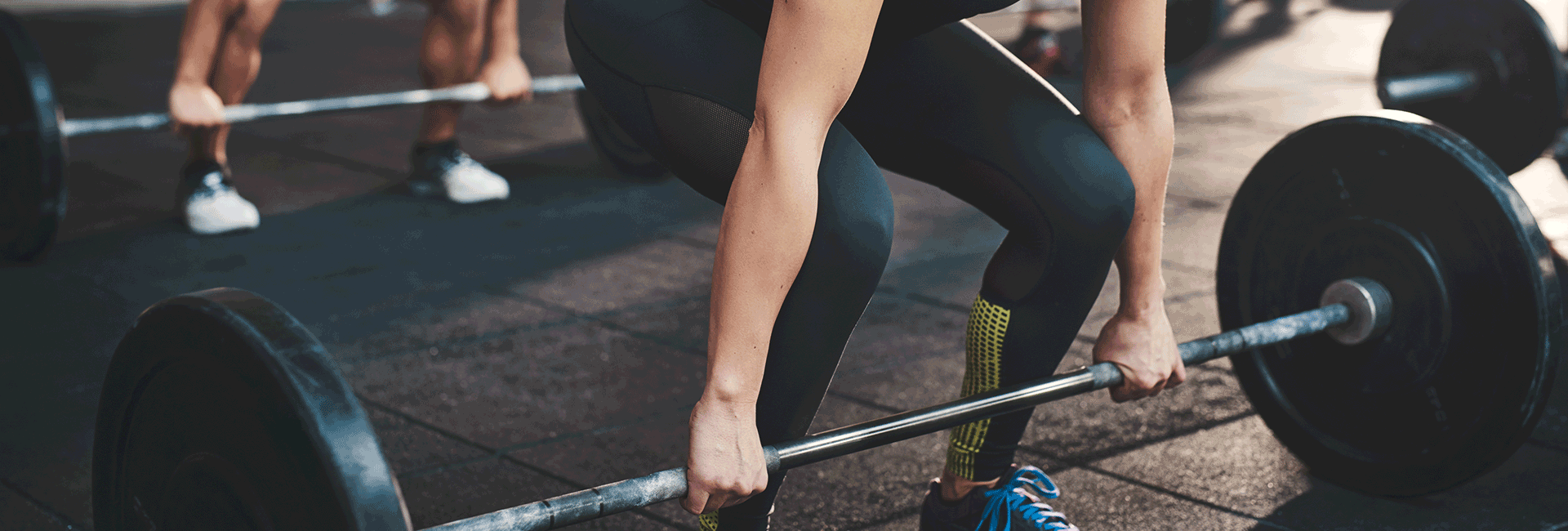Olympic weightlifting is a sport that is comprised of two lifts: the snatch and the clean & jerk. The snatch starts from the floor and the barbell is lifted to an overhead position in a single movement. In the clean & jerk, it is comprised of two movements where the barbell is first lifted to shoulder-level, and then lifted to an overhead position.
- How dangerous is Olympic weightlifting?
It’s not surprising that a sport which requires you to throw a maximum amount of weight above your head might be considered dangerous. It’s also easy to find videos on the internet of gruesome injuries from weightlifting. This can feed into the idea that weightlifting is a sport with a high risk of injury. But really, how dangerous is Olympic weightlifting?
- A look at the statistics.
First, let’s take a look at the stats. When comparing injuries risk in sports, injury rates are a common measurement. Injury rates are defined as the number of injuries an individual is likely to experience per 1,000 hours of a certain activity. Surprisingly enough, studies have reported lower injury rates in weight-training sports (which include Olympic weightlifting, powerlifting, and bodybuilding) in comparison to common team sports such as basketball, volleyball, and football1.
- Minimizing the risk of injury.
Fear of getting hurt isn’t a good reason to avoid participating in a sport you’re interested in. If your goal is to be injury-free your entire life, you’d might as well never leave your bed. Of course, there are moments during training where you bump into minor pains and aches, but it is something that occurs across the board for all sports training. With proper coaching, programming, and nutrition, the risk of injury can be minimized. However, the skills required to be successful in the sport of weightlifting (such as exercise programming, other technical aspects of the lifts, etc.) are not intuitive. Every beginner should highly consider getting a qualified coach. This will help lay the foundation for understanding the basic principles of strength training and periodization.
References:
Keogh, J. W., & Winwood, P. W. (2017). The Epidemiology of Injuries Across the Weight-Training Sports. Sports Medicine, 47(3), 479-501. doi:10.1007/s40279-016-0575-0
We look forward to being a part of your healthcare team.
From injury recovery to movement and performance enhancement, patient success is our passion. Our therapists are committed to the application of evidence-based treatment techniques to ensure you experience the best in rehabilitation and preventative care and see progress with every visit.

